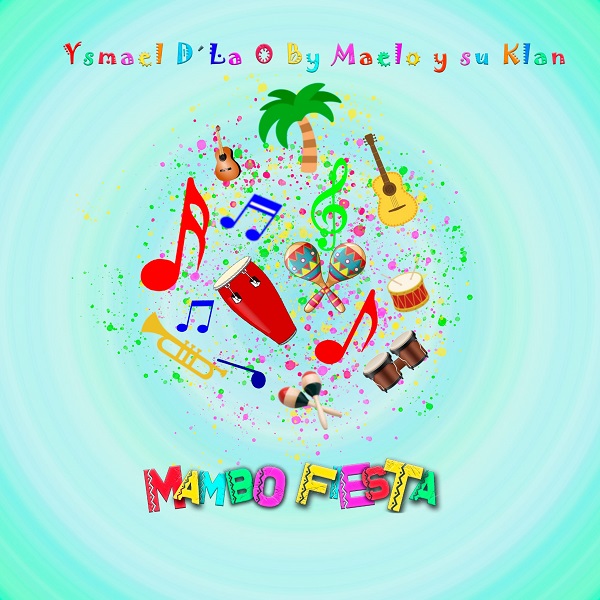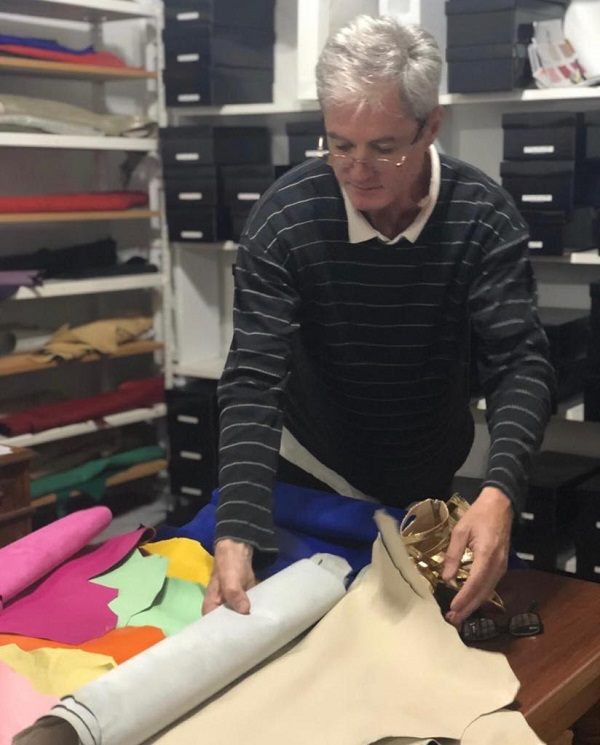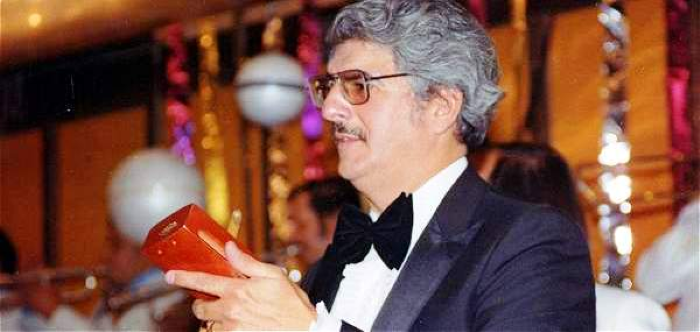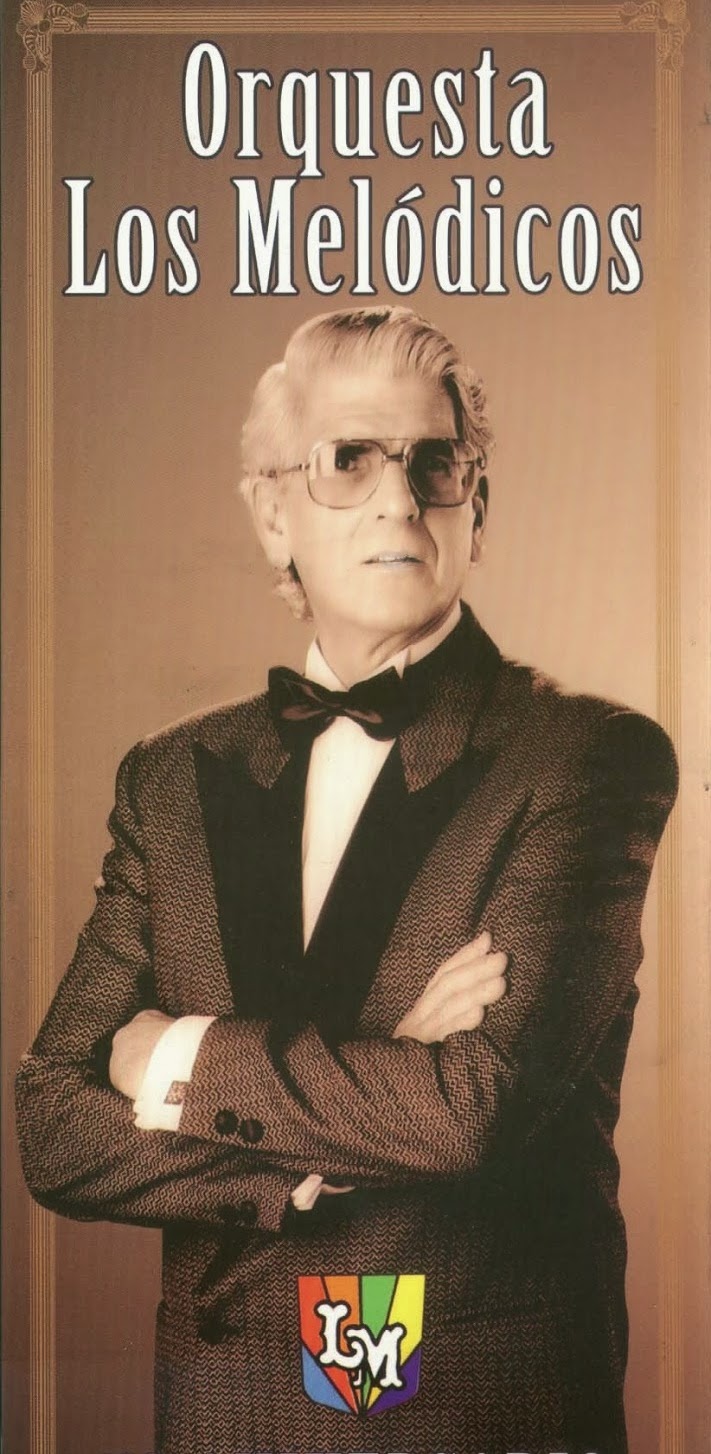Marathon, Festival, and current Salsa clubs we bring you for this season
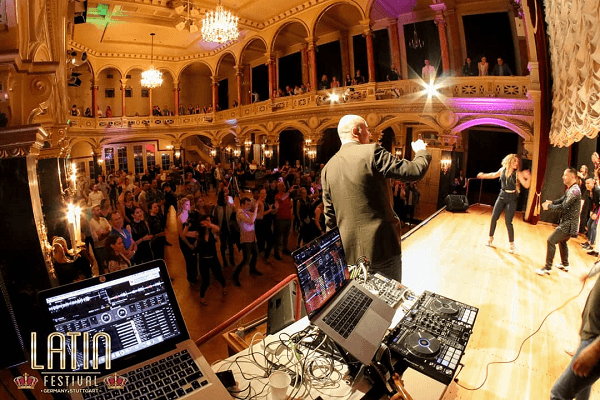
Germany has become one of the most hospitable countries for Latin American immigrants. In recent years, the number of people from Latin America has been on the rise, and this is due to the fact that this country located in the center of Europe offers a large number of job and educational opportunities, as well as a high quality of life.
Therefore, it is not surprising that many immigrants from the Caribbean and South America decide to celebrate their festivals and traditions in this region. In particular, the German Salseros (Latin American immigrants residing in Germany) are usually very active during the month of December, and this is because the Salsa events take place during this time of the year. So join us and discover all the Latin parties that Germany has prepared for you this month.
One of the most important social dance events in this country that borders nine nations is the 18th Stuttgart Latino Festival. This festival begins on the second day of December and will offer 36 hours of Workshops (Salsa On1, Salsa On2, Mambo, Pachanga, Bachata, Fusion Styles, and Body Movements), a lineup of more than 20 world stars of Salsa, Mambo, and Bachata, numerous national and foreign participants, and incredible international DJs mixing the best songs (DJ Rumbero – Salsa and DJ Milad – BACHATA) on three dance floors. The Stuttgart Latino Festival https://www.facebook.com/groups/latinfestival culminates on Sunday, December 4th, and will take place at the Sängerhalle Untertürkheim (Lindenschulstraße 29, 70327 Stuttgart). Tickets can be purchased at €179.
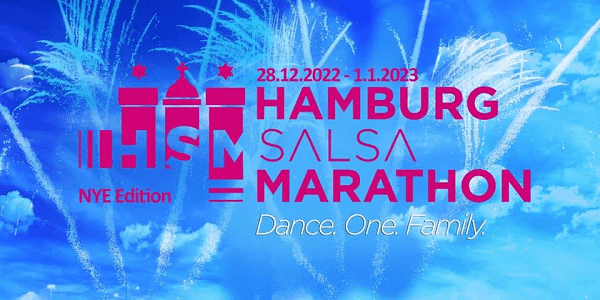
Another event I present to you this month is Hamburg Salsa Marathon 2022 – NYE Edition. Hamburg Salsa Marathon 2022 – NYE Edition. This gender-balanced, high-level dance family Salsa-marathon will take place from Wednesday, December 28th (9 PM) to Sunday, January 1st, 2023 (8 PM) at Beerenweg 1D, Hamburg, 22761, De.
“The Marathon Pass NYE Edition https://hamburgsalsamarathon.com/nye-edition?fbclid=IwAR2QJVxpxsQdQR9IRNZT-l5OI1TNrB3uXJMHx9buozmK13cqevAi0RuS8IY costs €190 (€180 couples pass) and includes 4 days and 4 nights of social dance practice. It also includes unlimited free drinks like coffee, tea, and water, some afternoon snacks, brunch on Thursday, Friday, Saturday, and Sunday, plus NYE dinner on Saturday.”
And if you are wondering why they carry it out during these dates. Here, I give you the answer. The principal mission of its organizers is to be the perfect host so that you feel in a cozy atmosphere while you continue with your unstoppable passion for learning a social dance. In this way, they make sure to collaborate with the opportunity to spend the last days of the old year, where there were adventures and challenges, with friends.
Finally, I remind you that you don’t forget to stop by the Havanna club https://www.havanna-berlin.de/ located at Hauptstr.30 10827 Berlin, where you can enjoy Salsa, Merengue, Bachata, and other rhythms on four tracks dance with resident DJs. You can also try the mojitos in one of the seven bars, and as a prelude, you can take Salsa classes with qualified instructors at both advanced and amateur levels.
Ah! Here, I leave you this list of clubs where you will also find the “German Salseros” during December: Mint Club https://www.facebook.com/mintclubmunchen/?ref=page_internal (Munich), Buena Vista http://www.buena-vista-bar.de/ (Munich), Tank Bar https://tankbar-leipzig.de/ (Leipzig), Latin Palace Changó http://www.latinpalace-chango.de/ (Frankfurt), and Clärchens Ballhaus https://claerchensball.haus/ (Berlin).
